It’s September and the boating season here in Seattle is just about over. And I’m ready. It’s not that I’ll stop boating, but the seasonal boaters will.
I row and paddle year-round along the city’s ship canal. There’s a 7-knot, no-wake zone all along its 7-1/2-mile length, and during the summer, especially on weekends, the canal sees a lot of pleasure-boat traffic, the majority of it power boats. Most abide by the limit and trail a rolling corrugated fan of waves. If I’m paddling my kayak and taking an oncoming boat’s wake head on, I’m through in a few strokes without breaking cadence. The wake of an overtaking boat, moving along the canal about two knots faster than I’m paddling, stays with me longer and each passing crest nudges my bow toward the concrete and riprap banks of the canal. A series of sweep strokes on the shore side keeps my kayak’s delicate hull, a thin four-layer laminate of mahogany veneer, from getting stove in.
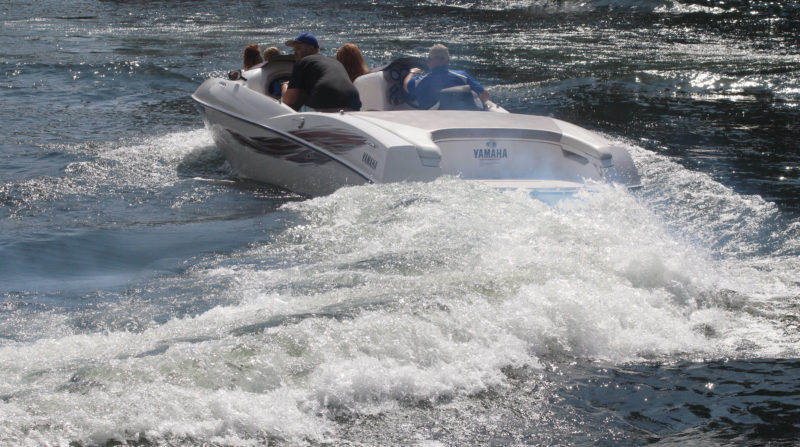
Just beyond this boat’s bow there is a big sign alongside the canal that reads: “Watch your wake. Wish everybody did.”
Some power boats, designed to go fast, drag big wakes even at 7 knots. The first half dozen waves astern may even be cresting, so I’ll bring the kayak to a stop and angle the bow to the oncoming waves to keep from getting drenched. Taking the waves over the stern may require bracing with the paddle to keep from getting capsized. Faced with these wakes, stand-up paddlers, canoeists, kayakers, rowers, and scullers, all brace for impact. In some parts of the canal it’s a one-two punch when the wake bounces off concrete walls. All of this drama plays out well after the wake-throwing skipper has passed by and has gone on his way in blissful ignorance of the ill-will generated by his passing.
I grew up rowing and sailing, not motoring. In a rowboat. the view is over the stern; you have to look over your shoulder to see what’s ahead. Most of the boats I’ve sailed have had tillers, not wheels, so I’m usually seated sideways with as good a view astern as forward. With either kind of boat, speed is not an option for avoiding an approaching threat, whether it’s a squall, a freighter, a ferry, or a powerboat. I learned at an early age to scan all 360 degrees of the horizon. That might not have happened if powerboats had been my introduction to boating.
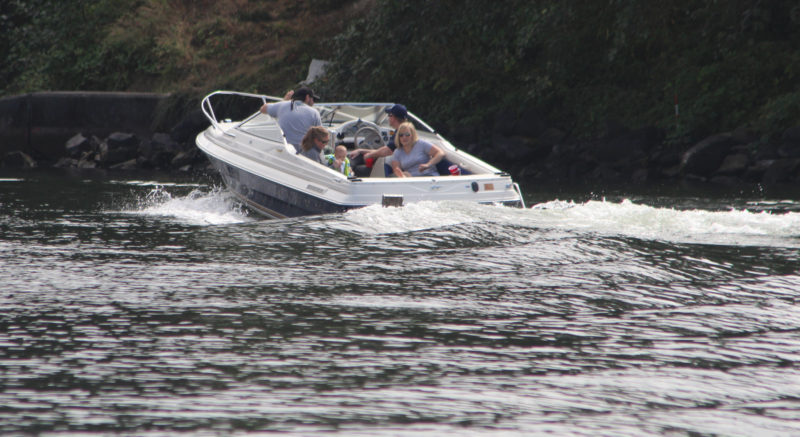
This boat is typical of the summer traffic on Seattle’s ship canal. At around 7 knots, the stern sits deep in the water and creates a wake that forces the many kayakers, canoeists, stand-up paddlers, and rowers sharing the canal to break rhythm and steer through.
In most of the powerboats I meet on the canal there is a helm very much like the driver’s side of a car with a forward-facing seat, a steering wheel, a windshield, and a dashboard. But there are no rear-view mirrors on the boats. If speed is on your side and you have the right of way over any vessel passing you, there’s not much to compel a skipper to make a habit of glancing over the stern for their own safety, let alone that of others. This summer, only one skipper looked back to see how I was faring as his wake caught up to me. He had, as you might expect, slowed down and moved toward the far side of the canal as he had passed by me.
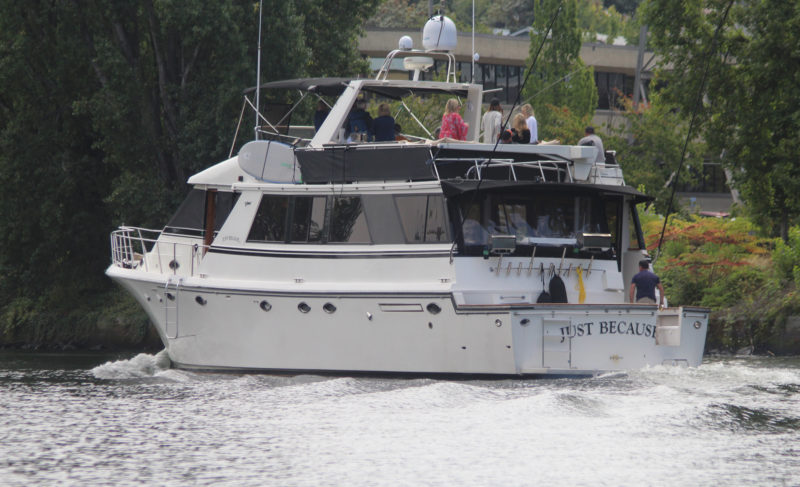
While not dragging much of a wake here in the canal, on Puget Sound a boat like this can raise a tall, steep wake that will toss a small boat around.
I credit small boats with teaching me a lot of valuable lessons: patience, because destinations are not quickly reached, perseverance, because sea miles are often hard won, humility, because small boats are vulnerable, and equanimity, because the wind and waves may demand it. It’s that last one, equanimity, that I try to draw upon when a wake on the canal washes over my deck and my bow slews toward the rocks, or when the cresting waves of a passing of a speeding cabin cruiser slap the wind out of my sails. It’s all too easy to dwell on what might be instead of what is, but there is nothing I can do to make negligent skippers more mindful any more than I can improve bad weather, and I haven’t been doing so well when it comes to equanimity on the canal. Next May, when Opening Day signals the start of next year’s boating season, I’ll have another opportunity to practice.![]()

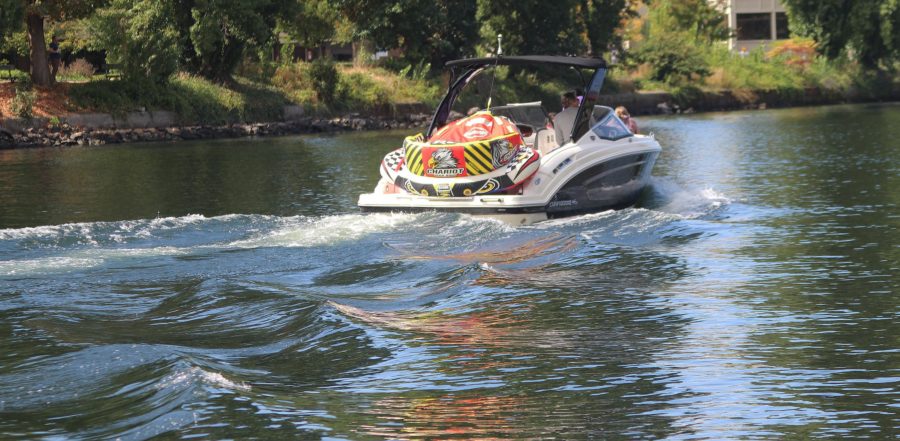
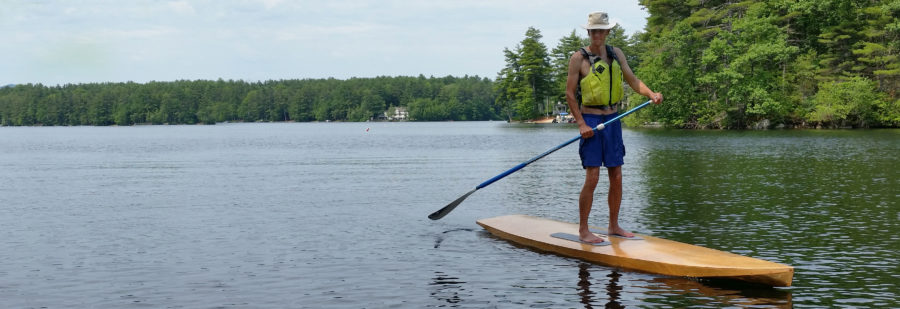
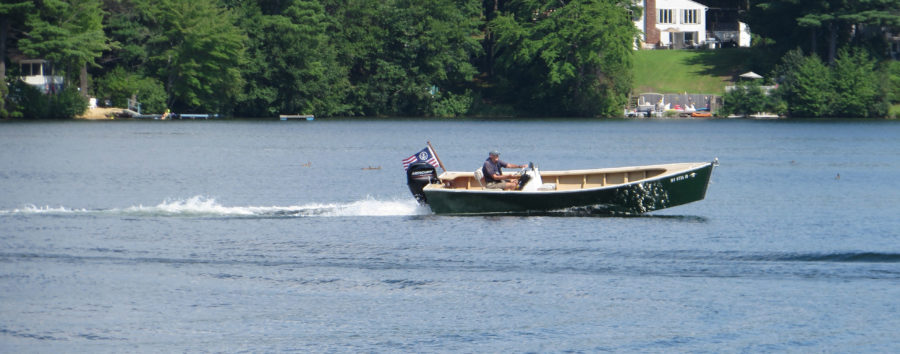
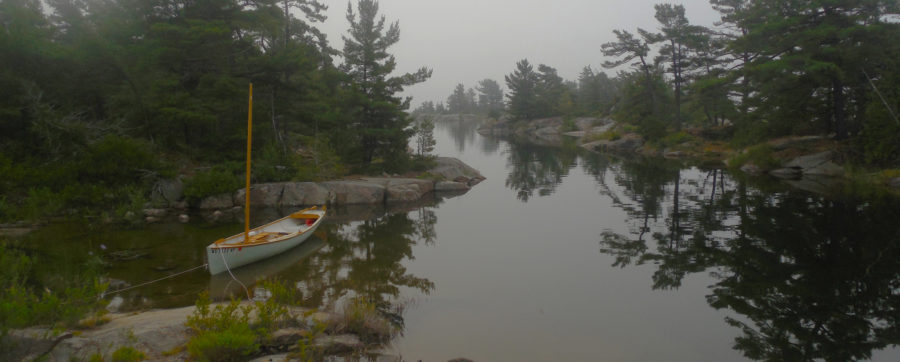
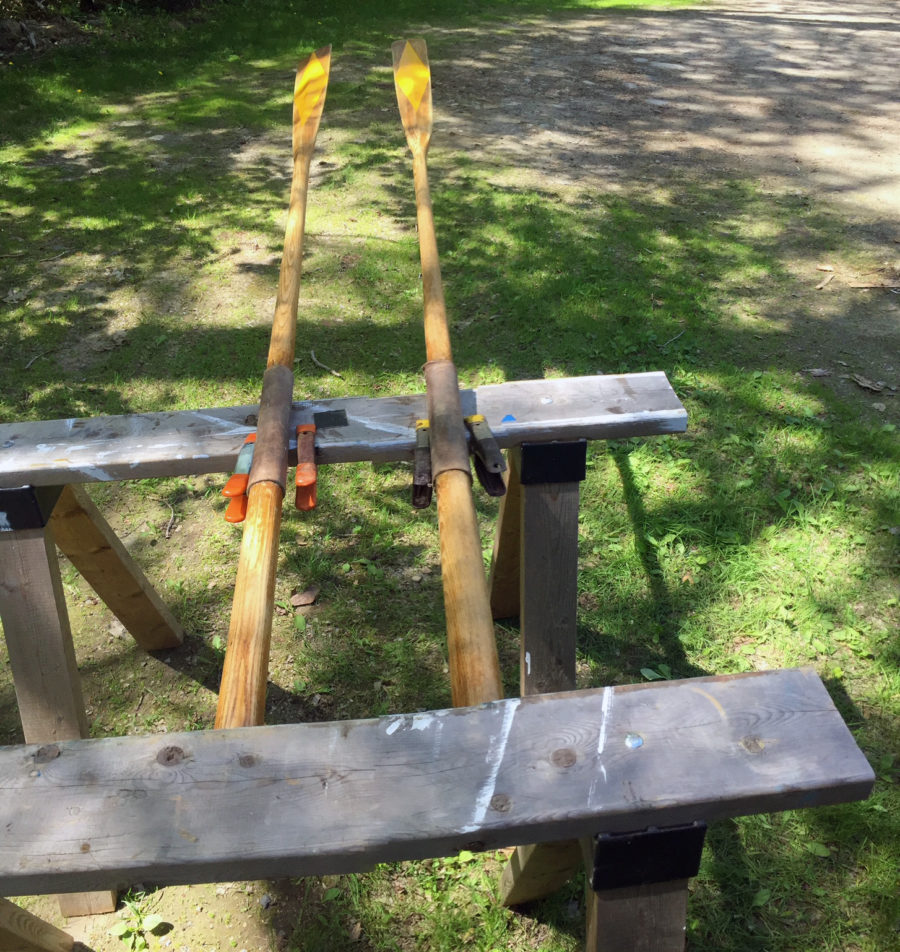
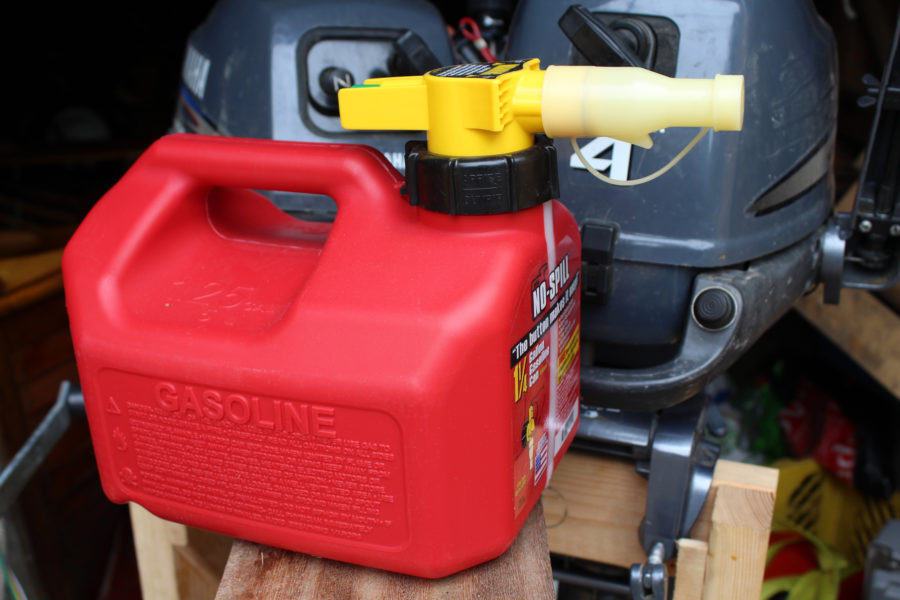
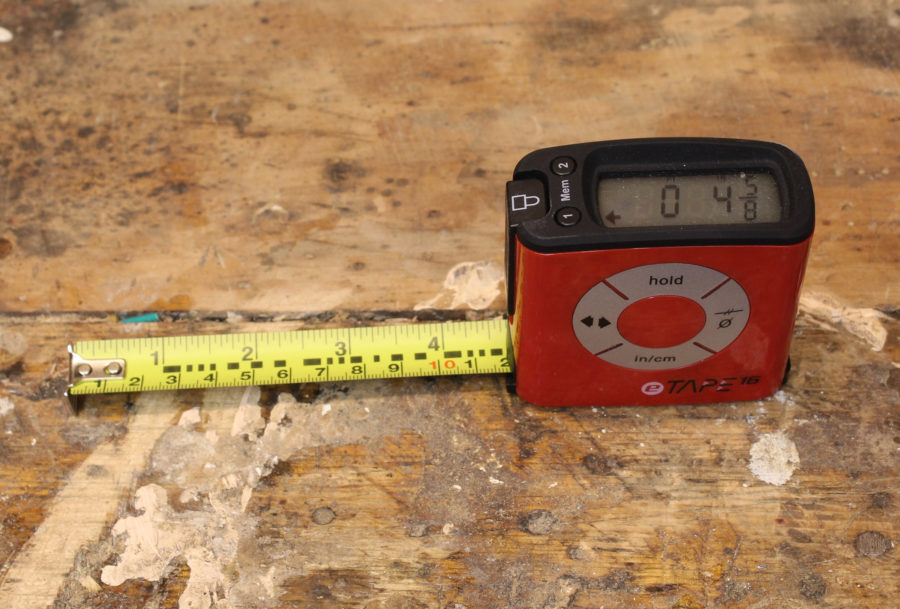
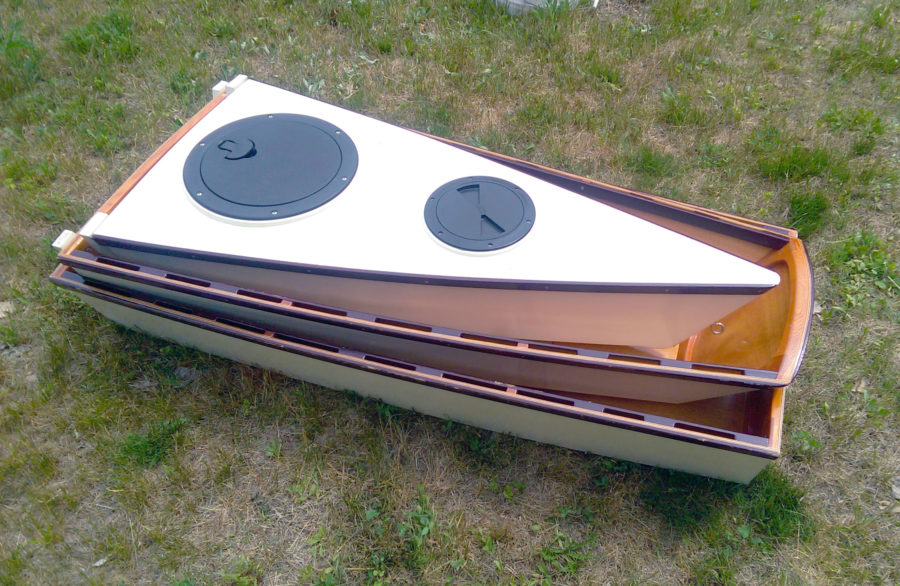
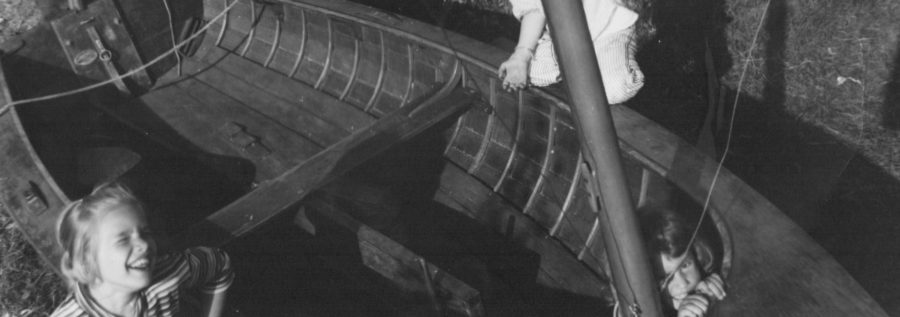

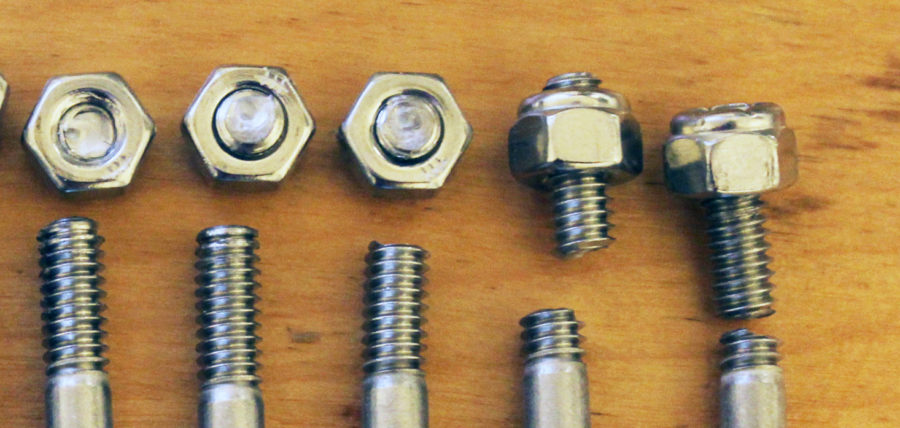
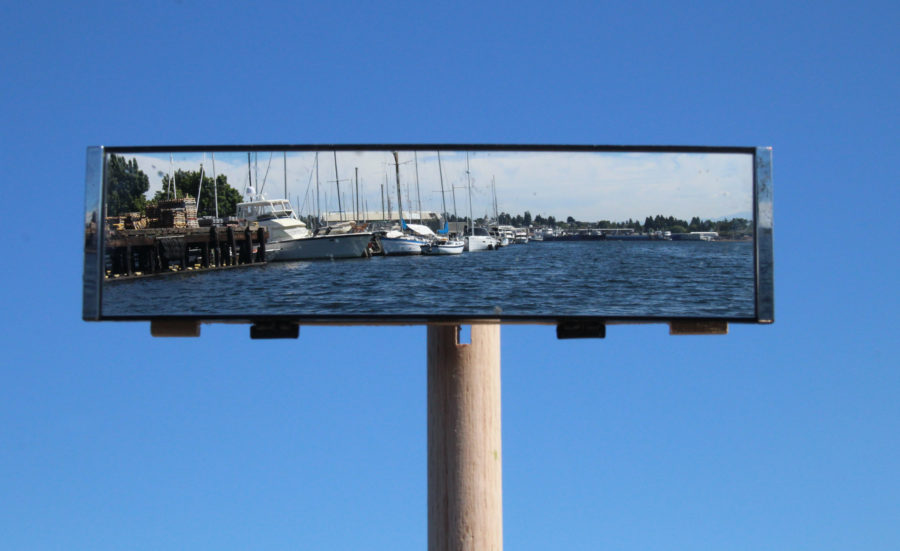
The boats were already so big with so much horsepower when I left the Gulf Coast nearly 20 years ago. Now they are even larger, more powerful and less considerate. Forty to fifty feet long with 3×300 hp yamaha outboards is becoming a not uncommon sight. If you have work flexibility, you can leave almost all of them behind by going out on a weekday morning during the school year. Otherwise, you are stuck dealing with them.
Hi Chris:
Small craft such as canoes, kayaks, and paddleboards are not the only craft “terrorized” by inconsiderate boaters. Even mid-sized sailboats such as our Hunter 40.5 can be jeopardized give the right circumstances. One particular event occurred to us in 1999 as we plied the Atlantic IntraCoastal Waterway near Jekyll Island, Georgia.
We were approaching Fancy Bluff Creek, a narrow channel that often shoals and has a protective breakwater shielding a protruding island forming the entrance to the west. As we made the southerly turn, a large power boat passed us while throwing an 8′ wake that hit us broadside a skidded us precariously close to the breakwater and with the boat in the trough, the keel nearly bottoming at the low tide. We called him out on VHF and received a less than appropriate response. In a less serious situation, calling out a different wake-inducing power boat, resulted in later encounters of, “(BOAT NAME), if you slow down a little I’ll give you a nice easy pass.”
I guess my point is that when small boat boaters (larger craft boaters too) can publicly call out inconsiderate and often unsafe boaters by boat name, sometimes it makes better boaters of them and safer waters for all of us.
Bill Siwik
After watching one too many swamping of little boats by a careless boater, I know a skipper who made them learn to care quickly. As the skippered boat was being bored down on, a light flicker of the wrist and arm. The floating line payed out just in the offender’s path. As the offender was trying to figure out how to clear his fouled props the skipper passed slowly by and informed the clown he would also go back and bail out the sunken sailboat.
Chris,
In early May, I was chugging up Ebey Slough in my steamboat with my friend Allan, who was at the helm as we approached a bend in the river. Allan had just decided to not cut the corner too close, when a 20′-25′ jet sled came around the curve leaving us a 2′ wake to slog over. “Research” was marked on the side of the boat. Obviously, they didn’t expect to see us just as we didn’t expect them.
When we returned to the launch in Marysville, the sled was docked there, so we joked with them about “almost running us over” (OK, it wasn’t THAT close) and I think one of them said, “sorry about that.”
As it turned out, I knew one of the women on the boat who is a biologist for the Tulalip Tribe and they had been netting the slough checking the smolt population. All ended well.
Another beauty of small boats, we can go where the big boats can’t. We also consider visibility, make it easy to spot our craft or PFDs with bright colors.
Thanks for the tips, Chris!
Hi, Chris. 10 years ago, almost to the day, I was “practicing” for the Blanchard Regatta in an El Toro at the north end of Lake Washington. Appropriately contorted for best trim, I couldn’t easily swivel to see an approaching boat. Rowers, swimmers, and sailors here are used to motor boaters passing too close—it’s the norm and they don’t usually hit you—but in this case a fisherman powering home went right over me. I’m pretty sure we were the only two boats on the lake that morning. My many broken ribs and punctured lung have healed and the sweet Smith Brothers El Toro was skillfully rendered whole (from kindling) by Adam Karpenske. If you were in Port Townsend for the Wooden Boat Festival on Saturday you may even have seen her sailing! You would have had to look closely to see the air horn I always carry now.
Thank you for this thoughtful post!
I am a new property owner on the Ballard side of the mouth of Salmon Bay. I have heard folks refer to the Ship Canal as a no-wake zone, as you have here, but when I look up the code I only see 7 knots. Is the whole Canal really a no-wake zone? If so how do you know?
https://library.municode.com/wa/seattle/codes/municipal_code/339197?nodeId=TIT16HACO_CH16.20OPREVEWA_16.20.130SPREESWASPCR
A pamphlet published by the Seattle Harbor Patrol puts it this way:
“You should be aware that you are responsible for your wake, even if you are traveling at or below the speed limit. Exercise common sense and courtesy at all times.”
and:
“Negligent Operation: It is unlawful to operate a watercraft in a manner likely to endanger any person or property. You can be in violation of this ordinance if your wake, because of your speed, damages the property of others.”
Often when we are kayaking out in open water, a big cruiser will approach us and slow down as a courteous gesture. What they don’t realize is that boats designed to go fast–planing or semi-planing– throw a bigger wake going slow than they do at speed. It’s okay, as we are always able to handle the wake with no problem, but it does seem a bit ironic.
A tanker heading for (or leaving) Cherry Point refineries can push up quite a serious wake, even more so the ocean-going tugs that sometimes accompany them. Those are wakes that we pay attention to. Their speed also is hard to judge at a distance, so we dash across areas like Rosario Strait or Haro Strait as quickly as possible, and try to stay in a tight group in order to be more easily seen. And ferries, of course, require the utmost in cautious judgment (or should I say judicious caution?) as they are so fast and often travel in narrow, twisty channels. We have even been known to hail ferries that may be lurking around the corner via VHF in order to alert them to our presence–and they have always acknowledged our message.